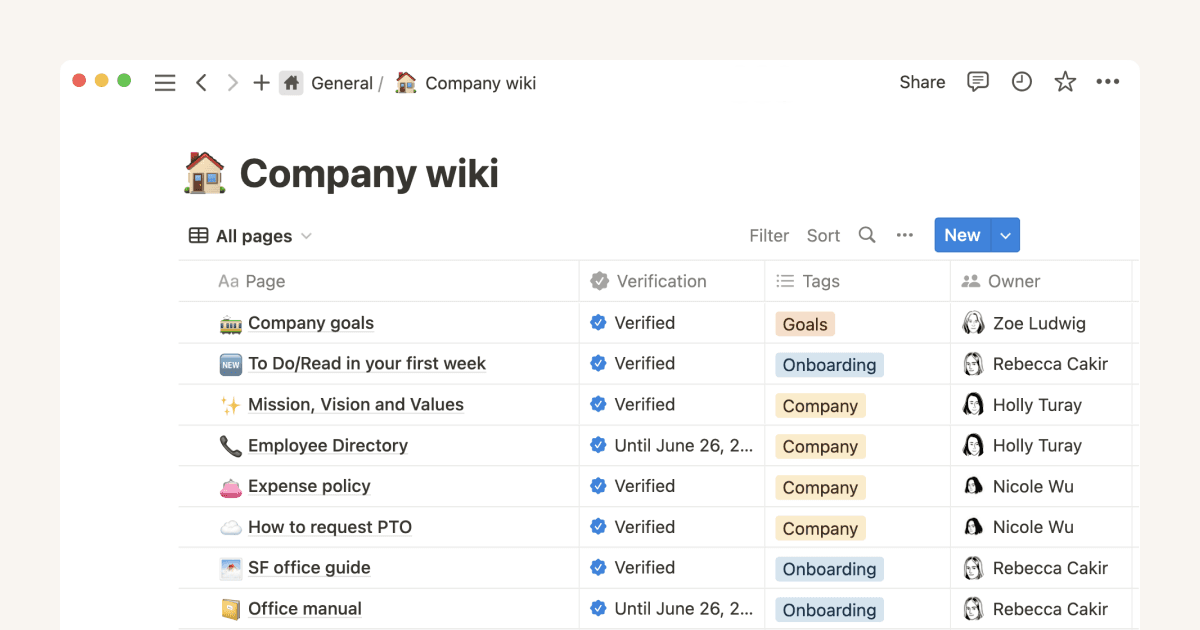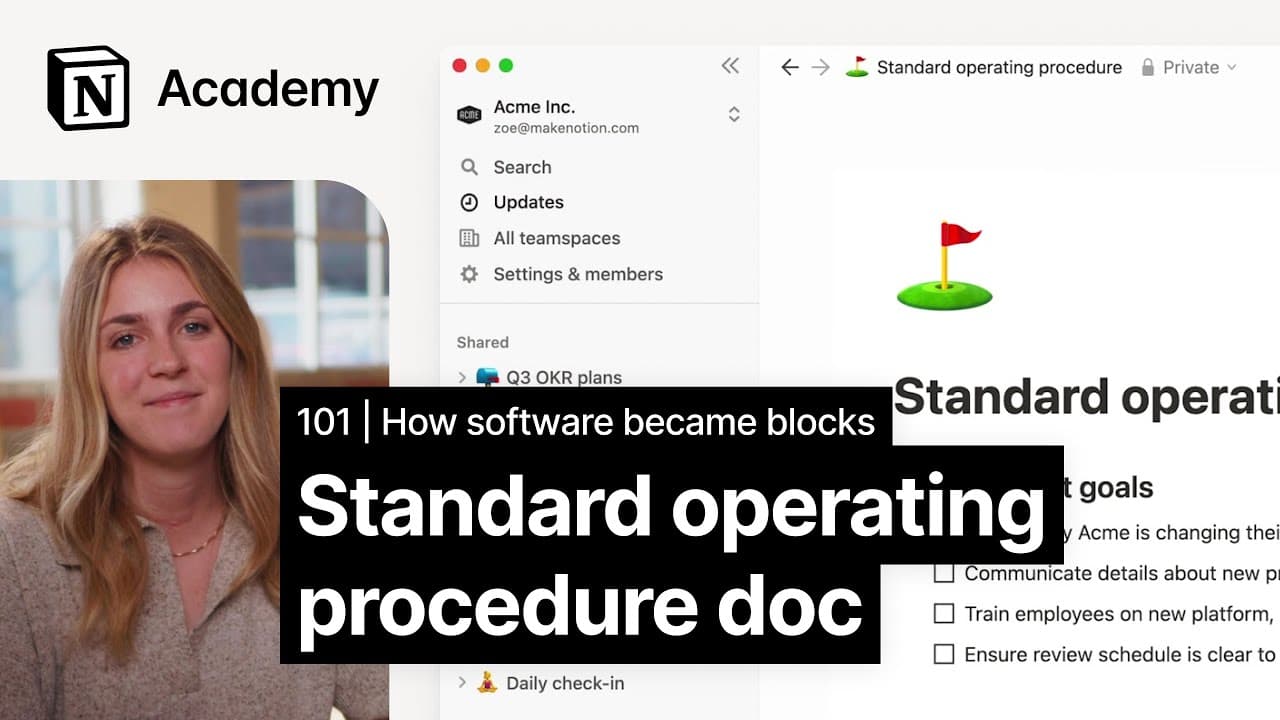Data Scientist SOPs

템플릿 설명
This template contains a detailed outline of Standard Operating Procedures (SOPs) for data scientists. It covers the entire data science workflow, starting from data collection and preprocessing (SOP 1) to model deployment and monitoring (SOP 7). Each SOP provides step-by-step instructions, outlining the purpose, scope, and specific procedures for each stage.
SOP 1 focuses on the systematic approach to collecting, cleaning, and preprocessing raw data, emphasizing accuracy and consistency. It details steps like identifying data sources, extracting data, handling missing values, and automating data preprocessing. The following SOPs build upon this foundation, with SOP 2 detailing Exploratory Data Analysis (EDA) to understand the dataset and identify potential issues, while SOP 3 covers feature engineering, including transforming, creating, and selecting informative features to optimize model performance.
The document further outlines the model development and training process (SOP 4), emphasizing reproducibility, efficiency, and optimal model performance. It includes steps for data splitting, model selection, training, evaluation, and hyperparameter optimization. SOP 5 provides a systematic approach to evaluating model performance, comparing models, and fine-tuning hyperparameters to avoid overfitting. It also details how to handle overfitting and underfitting.
The template also addresses feature selection and dimensionality reduction (SOP 6) to improve model performance and computational efficiency. It covers techniques like correlation analysis, statistical feature selection, and principal component analysis. Model deployment and monitoring (SOP 7) are discussed, along with version control, containerization, and setting up monitoring systems to track model performance over time. The document concludes with SOPs on model retraining and maintenance (SOP 8), A/B testing and model comparison (SOP 9), and data governance and compliance (SOP 10), ensuring models remain accurate, effective, and compliant with regulations.
In summary, this document serves as a comprehensive guide for data scientists, ensuring a structured and standardized approach to various tasks involved in the data science lifecycle. It emphasizes best practices, compliance, and continuous improvement, making it a valuable resource for any data science team.













